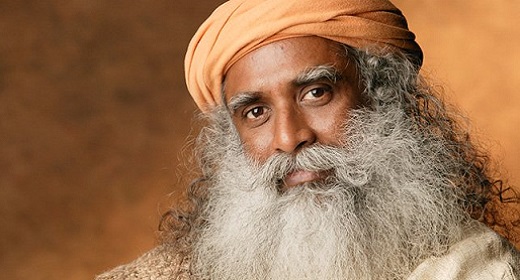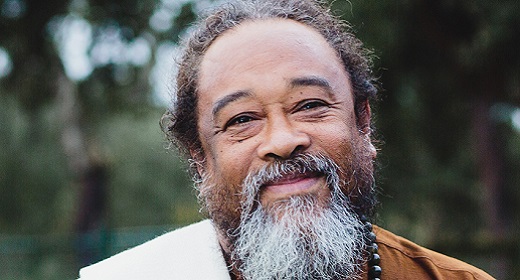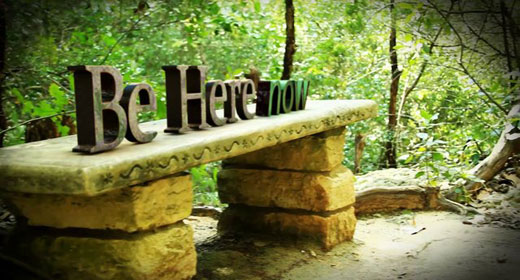by Arjuna Ardagh: Without an inclusive approach, environmental, political, or social activism can easily add to the feeling of blame, of us against them, and evoke resistance and a hardening of opposing positions. Once a group of well-meaning young friends was concerned about proposed clear-cut logging in our mountain community. They saw the lumber company as evil, money-grubbing, and inflexible, and they took to camping on company lands and building platforms in the threatened trees, inspired by Julia Butterfly. The logging company appealed to the courts and to local law enforcement. Arrests followed, and so did more protests. Finally, the county called in a specialist in environmental mediation. Through his help, the concerns of the community were peacefully presented to the logging company and widely publicized in the local press.
Once a group of well-meaning young friends was concerned about proposed clear-cut logging in our mountain community. They saw the lumber company as evil, money-grubbing, and inflexible, and they took to camping on company lands and building platforms in the threatened trees, inspired by Julia Butterfly. The logging company appealed to the courts and to local law enforcement. Arrests followed, and so did more protests. Finally, the county called in a specialist in environmental mediation. Through his help, the concerns of the community were peacefully presented to the logging company and widely publicized in the local press.
Under public pressure, the demands of local residents were respected, and a land swap was organized that satisfied everyone. Achieving this took an inclusive view. I listened to the mediator being interviewed on the radio. He spoke of the need to erase blame and anger within himself before entering any mediation. When he could see the highest intention of all parties, he said that again and again people would respond at a higher level. Wink Franklin, past president of the Institute of Noetic Sciences, described the proponents of this translucent worldview as “spiritual activists.” He defined spiritual activism as:
“more a vertical activity. The deeper you go in your spiritual understanding, the clearer you see harmony or the path ahead, not only for you but also for humanity. The clearer you can get in your inner work, the more effective your outer work will be.”
The Dalai Lama is an inspiring example of this kind of spiritual activist and a role model for the translucent political leader. He devotes hours every day to his own meditation and practice. During one interview when he was asked about the possibility of a free Tibet, the Dalai Lama’s answer was extraordinary. He said that he was no longer even working to drive the Chinese out of Tibet. He realized that such a long time had passed since the invasion that several generations of Chinese had now come to see that region as home. He now saw peaceful co-existence in the region, and the creation of a fully demilitarized zone, as the best scenario for all. This extraordinary position must be understood within the context of almost fifty years of rape, torture, and imprisonment of the Tibetan people, many of them monks and nuns. Ample excuse for revenge. To feel concern for the well-being of both your own people and your invaders is a true example of compassionate sanity, of what might be possible in this world.
Imagine what the result might have been after the attacks in September 2001 if we had responded without revenge, but with the same translucent dignity that the Dalai Lama embodies. Imagine if we had felt our pain and loss and grief, and then sought to understand what had motivated these horrendous actions. The United States had at that time the goodwill and support of the whole world to draw on. Imagine if we had worked with that support in a peaceful way, used international agencies to track down terrorism but avoided resorting to further violence and loss of innocent civilian lives. It is beyond the scope of possibility for politics today, but the Dalai Lama holds up a torch to show us what is possible when we shift from us-against-them to one big inclusive us.








































